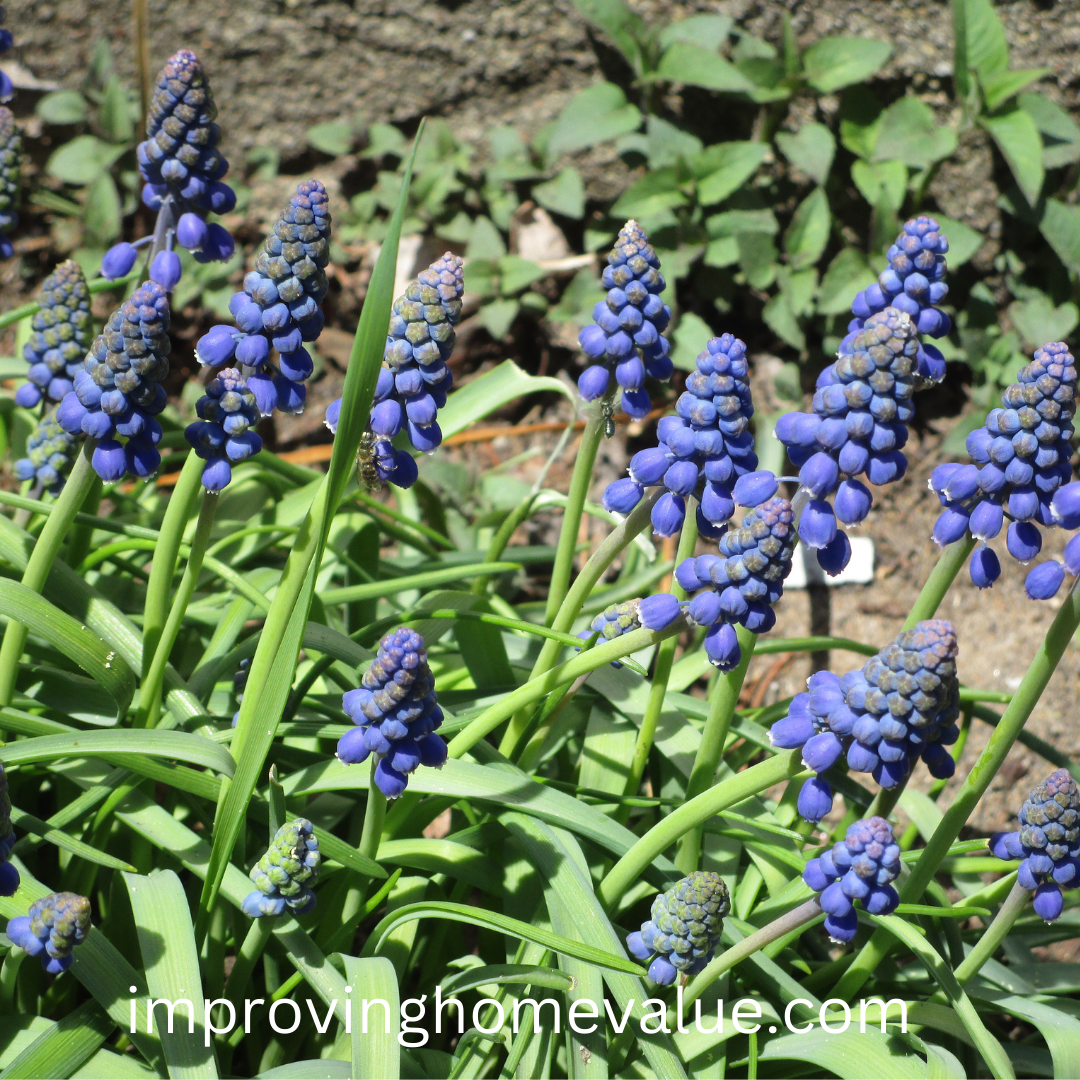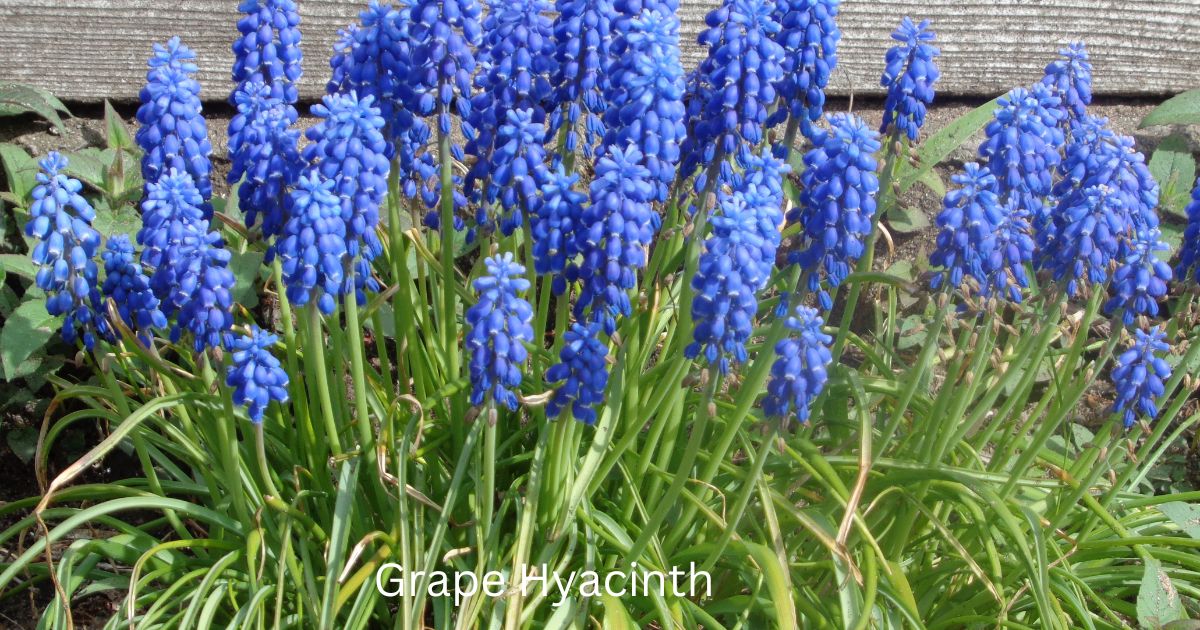So when it comes to grape hyacinths, soil quality is your best friend. These beauties thrive in well-drained soil that’s rich in organic matter. If your garden soil is sandy or clay-heavy, it might be a smart move to mix in some compost or peat to improve aeration and nutrient levels.
Getting the sun exposure right is a key, too. These little guys love sunshine and ideally need to catch some rays for at least six hours a day. If you plant them where they can soak up the morning sun, they’ll reward you with vibrant blooms. Just be wary of the hot afternoon sun if you’re in a warmer climate; afternoon shade could be their saving grace.
Watering might seem straightforward, but with grape hyacinths, it’s all about balance. You don’t want the soil to stay soggy as that could lead to bulb rot. During their active growth, keep the soil moderately moist, and once they’ve finished blooming, you can dial it back a bit. Mulching can help retain moisture while preventing weed competition, making it a handy hack to try on these plants.
Planting Grape Hyacinths: From Bulbs to Bloom
Picking between bulbs or seeds can feel like choosing between a fast food pit stop and a gourmet meal. If you’re all about quick results, bulbs are your best bet. Pop them in the ground in fall, and you’ll see blooms by spring. Seeds, on the other hand, require patience. This route can take two to three years before you see flowers, making it more of a long game.
Ever wonder about their size? Grape hyacinths generally grow about six to nine inches tall, perfect for borders or as an underplanting for taller garden plants. They’re perennials in most climates, meaning with a bit of TLC, they’ll return year after year, adding that burst of blue to your landscape.
Where to plant these powerhouses? Stick them in a spot that gets morning sun and has good drainage. Avoid areas under trees where competition with extensive root systems could hinder growth. They make fantastic companions for large shrubs and trees, but just ensure they aren’t overshadowed.

Maintaining Vibrant Grape Hyacinths: Post-Bloom Care
Once your grape hyacinths put on their dazzling show, some post-bloom care will keep them ready to impress again next year. Start with pruning – clip back the flower stalks after they fade to redirect energy into the bulb for next season’s bloom cycle. But leave the foliage until it yellows and wilts naturally; those leaves are busy photosynthesizing to recharge the bulb.
On the topic of pests and diseases, grape hyacinths are pretty robust, but it doesn’t hurt to be vigilant. Watch out for slugs and snails, which adore munching on young shoots. A treatment of slug pellets or barriers can be the barrier they need. Diseases aren’t a big issue, but well-drained soil is your line of defense against fungal foes.
As you get ready for the next season, a little foresight goes a long way. Once leaf growth has died back, consider lifting and dividing overcrowded clumps. This prevents them from competing too much and keeps them thriving. And as autumn rolls around, add some bone meal or bulb fertilizer into the soil. You’ll set the stage for a fresh burst of blossoms, ensuring your grape hyacinth patch keeps rocking year after year.
